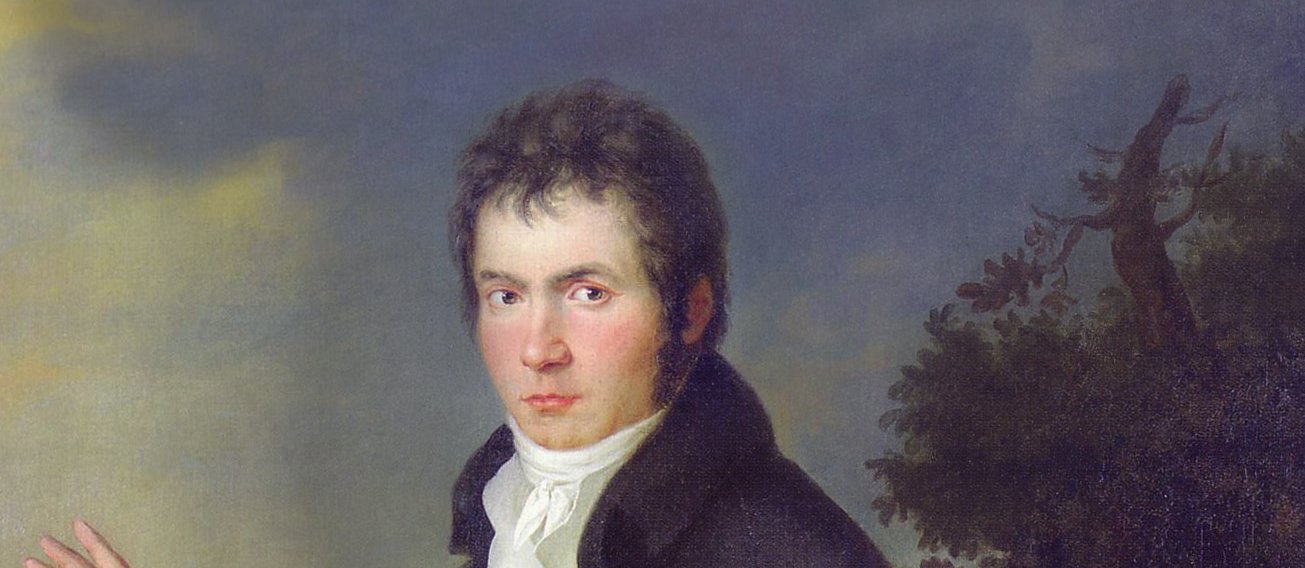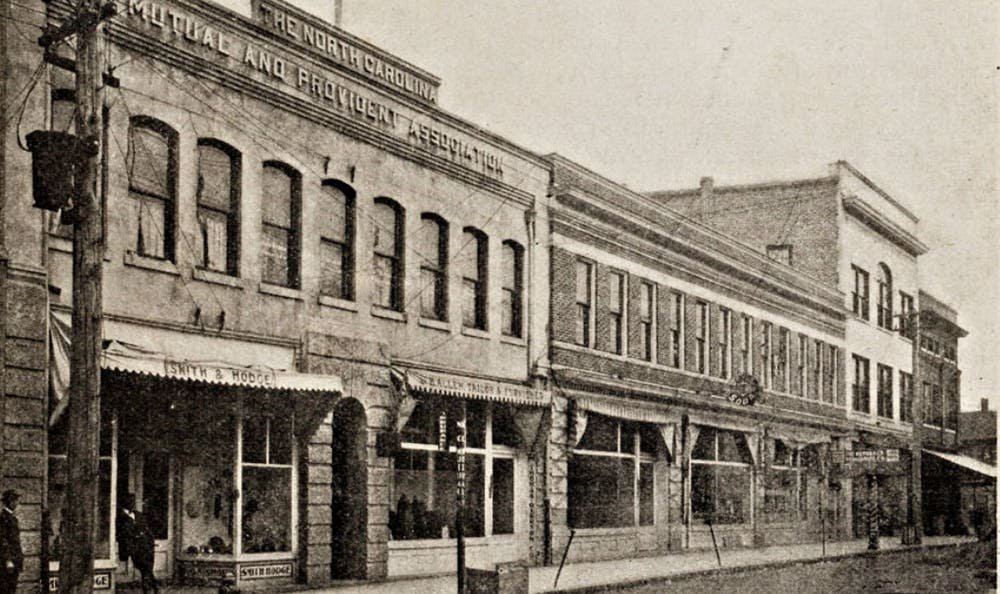Gabriel Kahane’s: The Right To Be Forgotten
IN November 2019, I logged on to Mark Zuckerberg’s not-to-be-named photo sharing app and saw a post by the composer Gabriel Kahane. The image was of a short, simple handwritten note reading “write me a postcard” with his P.O. Box address attached. This, from my distant perspective as a fan and internet follower, began what turned out to be his year long hiatus from the internet. No grandiose “farewell.” Just a year and change of radio silence.
Thanks in large part to Kahane himself, who functioned at the time for me equally as a songwriter and book recommender, I was in the middle of reading Shoshana Zuboff’s masterful The Age of Surveillance Capitalism when I saw the post. The book outlines in stunning detail how Google, Facebook, Amazon, and nearly every other Silicon Valley company harvests vast amounts of personal data and manipulates its users for profit. Zuboff brilliantly argues that our personal experiences are now as much a saleable commodity as land and labor were to earlier capitalists. When I bought the book (from Bloomington’s own Book Corner, not Amazon — had to practice what I preach), my partner and I tore threw the 700 plus pages. Highlighting. Underlining. Sticky notes galore! So around the time Kahane made his subdued departure, I too was trying to find a way to get off of these apps that were stealing my data and algorithmically enraging me.
What resulted for me was a series of pieces that dominated my doctoral degree. My “internet music,” should we call it that, mostly centers around the role of disinformation and how it has manipulated people into frightening and violent mass movements. Since around 2019, I have written at least two works directly inspired by Zuboff: a chamber orchestra piece for the Illinois Philharmonic called Make Them Dance, and a short, buzzy work for five players called The Economies of Action, with other works based in part on other writing concerning the dark side of the world wide web. My upcoming Concerto for Wind Ensemble, a big ol’ disinformation piece, is in a similar dystopian vein. Hard as I may try, I creatively keep coming back to this topic. I largely found what I think is my musical voice through programmatically looking at the way the internet has changed us, almost exclusively for the worst.
Kahane’s new “folk opera in one act,” The Right To Be Forgotten, which I got to listen to last night thanks to All Classical Portland, takes a dramatically different path than my own. Rather than an exploration of the dark, manipulative forces at play, Kahane creates an intimate, personal, humorous, and profoundly human piece concerning what has happened to us on the internet…and off. These two contrasting methods are present in Zuboff’s subtitle, “The Fight For A Human Future At The New Frontier Of Power.” As I obsess on the “new frontier of power,” Kahane’s opera focuses more on the “human future.”
The work opens with Kahane embodying the composer Nathaniel Levitan, who, like Philip Roth’s Nathan Zuckerman, is Kahane’s parallel alter ego. Nathaniel is three months behind on a commission about his own year offline and after attempting nearly all possible ideas, Nathaniel gravitates towards artproject.ai, represented by a trio of singer/instrumentalists (Alex Sopp, Nathalie Joachim, and Holcombe Waller) who, guaranteed or your money back, will turn out that commission! Nathaniel gives in.
In a scene depicting the mindless, fathomless scroll of social media, referred to in the piece as “The Feed,” absurdist headlines pinball off one another with hyperactive nods to the music of Andrew Norman. The endless list keeps returning to a single phrase, “I Don’t Know Who Needs To Hear This?” Happily at home on politically left-of-center Twitter, the phrase has more than a bit of snark to it. It has come to be associated with telling people they are out of the loop rather than attempting in some way to include them in new information. But the meaning of “I Don’t Know Who Needs To Hear This?” is re-contextualized by its constant repetition, especially when surrounded by headlines about Pokemon Go and Governor Kardashian. Who exactly needs to hear any of this? All of this is merely content, a word so painfully void of any meaning to be rendered useless. A so-called content creator just makes, I guess, more things? More content? Who needs to hear this?
About halfway through The Right To Be Forgotten, Nathaniel reflects on his time off of The Feed. A notably longer scene than the earlier ones, Kahane begins to stretch time out; showing us that this feed-less existence is one that operates on a different timescale. He traces his year: the cross country trip that led him to Oregon, the pandemic, the protests of 2020, the experiences of fatherhood. To put my critic hat on, this extended soliloquy is simply one of Kahane’s most beautiful, clever bits of songwriting, not just in this piece, but ever. Like his “Empire Liquor Mart” from the album The Ambassador, he somehow manages to create a single, concise musical line that threads through a vast story. Both pieces shift perspective and (quite literally in the case of “Liquor Mart”), reflect and hover over the tale being told.
But the brilliance and complexity of the piece comes in the distance between the year offline and the completion of the commission (the real one, not Nathaniel’s, …or is it?) When Kahane eventually returned back to social media by way of a lengthy post in July of 2021, he noted that “going forward” he wanted to use social media “sparingly (if at all).” But, like all of us who take a hiatus, albeit not to the degree Kahane did, The Feed comes beckoning. We give in little by little. By design (see Zuboff), most of us are addicted in some capacity to the internet. The more time we spend on a given site, the more profits for the tech company. Rather than a Walden-like “get off the internet and into nature” diatribe, Kahane produces a nuanced confession: living with the internet is far more difficult than quitting cold turkey. The integration and mitigation of the internet into Gabriel’s life, as well as Nathaniel’s, becomes the main drama of the piece.
I eventually did take some time off of The Feed back in early 2020. I permanently deleted my Facebook and, at least for a few months, deleted all my unnecessary social media apps. The main reason for my eventual return, besides all the political Twitter drama I had missed, dealt with self-promotion. Not relentless by any means, but my, I would say, middle of the road presence on Facebook and Instagram did result in some commissions. People would send me direct messages asking for my rates or bouncing off ideas for possible new projects. I thought that without that presence, without a reminder that I am still out here making music, I would be forgotten, lost in the ocean of twenty-something composers. And indeed, not having much of a presence, especially on Facebook resulted in some sort of dry spell. Directly? I’m not so sure. “I began to travel again,” Nataniel Levitan speaks at the end of The Right To Be Forgotten, “and found the rooms where I was supposed to sing largely empty. There was, I had to admit, a consequence to my absence from these digital spaces…”
And at the same time, keeping up with appearances on these sites can be emotionally draining. Right there, in one single digital space, is everyone's daily accomplishments. Awards, commissions, grants. “And what have YOU accomplished, Nathaniel,” artproject.ai asks? There are a lot of “never before in human history” moments when it comes to discussing the internet, but the ability to see everything all at once, is overwhelming. My own solution has been to just not look, mute any music news, and distance myself, at least digitally, from the New Music Discourse™. But when social media is seemingly the only outlet to promote some version of yourself, how does one balance promotion without simultaneously being the post that sends someone else into a vicious cycle, questioning what they have accomplished?
The relief in The Right To Be Forgotten is that, like any good art, in the end there are no didactic answers. Kahane has an uncanny ability to end works with a sort of credo; a secular doxology to send the listener out into the world. His album Book of Travelers concludes with a hymn-like tune recounting the story of how he befriended a group of Amish men on his post-election train ride across the country. The simple refrain, “Singing with a stranger,” encapsulates the human empathy and need for communal connection which dominates the album as a whole. Similarly, in his 2018 emergency shelter intake form, a choir made up of locally un-housed vocalists plainly “thank” the listener for completing the form in the title, which makes up the structure of the piece. Thank you for the “scratchy blankets” and the “concrete church basement” which will be someone’s home for the night. In The Right To Be Forgotten, Kahane sings something more akin to an artistic credo…
I want to be seen,
But I want to do right
I want to believe,
I wanna collide with other bodies,
Breathing, sweating, crying, bleeding,
Light and alive.
In short, the right to a human future.
Gabriel Kahane (photo: Jason Quigley)














